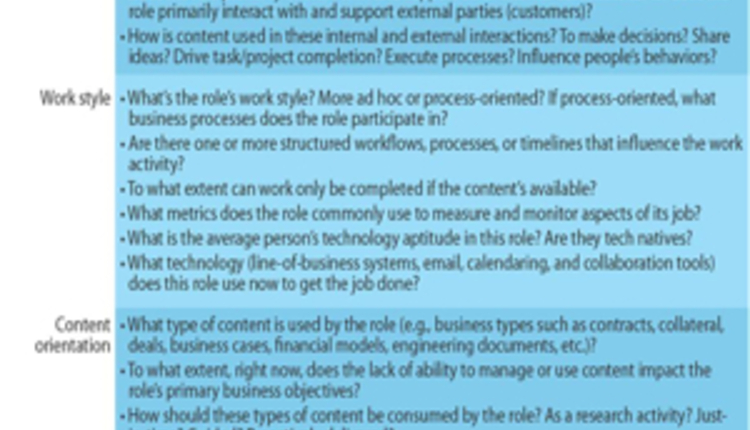- Know That Implementing Managed Print Services (MPS) Is a Work in Progress: Managed print services are not something you buy and install, but rather a life cycle that you engage in to gradually optimize a diverse and fragmented environment.
- Assemble the Right Team: Focus on change management and governance by engaging IT, facilities and line-of-business owners early.
- Balance RFP Criteria Among Device, Process and Management Criteria: Vendor selection should highlight key business drivers beyond cost and standard service-level agreement (SLA) goals.
- Emphasize Print Policy Software: While policies for color printing get all the attention, the most dramatic savings can occur with global settings for duplex printing.
- Avoid Billing Surprises: It's bad enough getting the bill, but it's even worse if you can't understand it. Firms should question providers about how billing works — particularly for global initiatives.
- Don't Fall for Fluffy Treatment of Environmental Requirements: Make suppliers provide specific data on their environmental approach and focus on reducing pages printed, as this has by far the highest environmental impact.
- Carefully Weigh Your Pricing Options: While all managed print services have some price per image (PPI) component, there's no "one size fits all."
- Beware of Color: Users can get hooked on color printing, which will have higher PPI rates and can erode projected savings.
- Resist the Tendency to Rush the Assessment Phase: Assessment sets critical goals such as realistic user-to-device ratios, as well as key metrics to monitor and improve service.
- Get Ahead of Compliance and Security: It's only a matter of time before auditors focus on security and compliance holes in the office environment.
CRAIG LE CLAIR is a principal analyst at Forrester Research, where he serves business process professionals. He will be speaking at Forrester's Business Process and Application Delivery Forum, October 7-8, in Washington, D.C.















